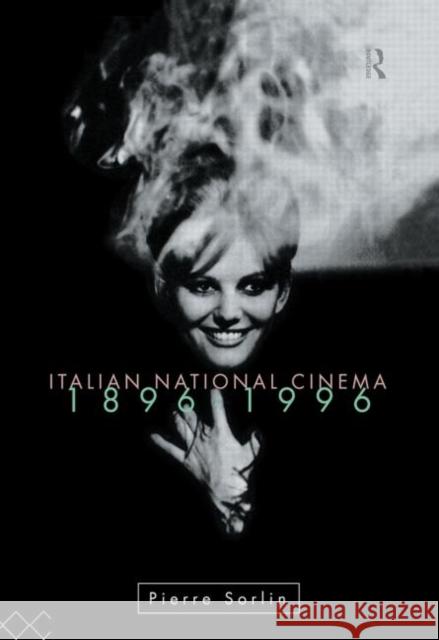Italian National Cinema » książka
Italian National Cinema
ISBN-13: 9780415116978 / Angielski / Twarda / 1996 / 182 str.
Italian National Cinema
ISBN-13: 9780415116978 / Angielski / Twarda / 1996 / 182 str.
(netto: 672,22 VAT: 5%)
Najniższa cena z 30 dni: 654,86
ok. 22 dni roboczych
Bez gwarancji dostawy przed świętami
Darmowa dostawa!
Sorlin discusses the work of major filmakers such as De Sica, Visconti, Fellini, Antonioni and Moretti in the context of national film output, considering both films which became internationally acclaimed and those which, though popular with the domestic audience, were never released outside Italy. Beginning with the evolution of the cinema audience and the development of domestic production, Sorlin examines Italian cinema from the dark years of fascism through to postwar neorealism and big budget commercial films. In the final section he discusses the place of cinema in the context of the rise of television, contemporary political crises in Italy, and Berlusconi's attempts to dominate the media landscape.
From such films as La Dolce Vita and Bicycle Thieves to Cinema Paradiso and Dear Diary, Italian cinema has provided striking images of Italy as a nation and a people. In the first comprehensive study of Italian cinema from 1896-1996, Pierre Sorlin explores the changing relationship of Italian cinema and Italian society and asks whether the national cinema really does represent Italian interests and culture.











